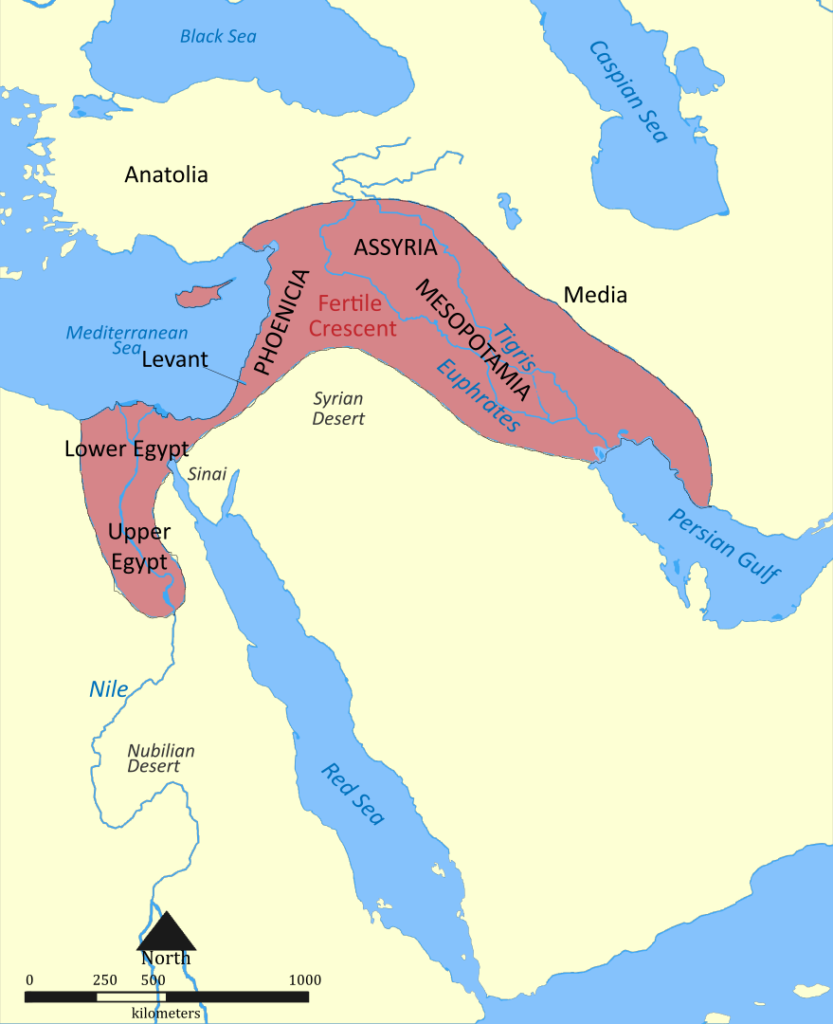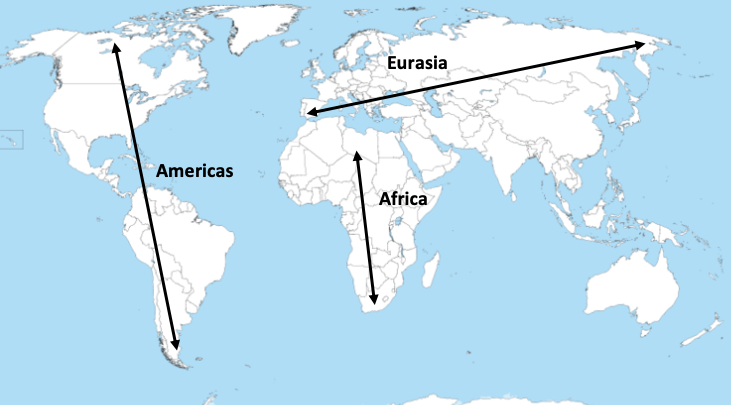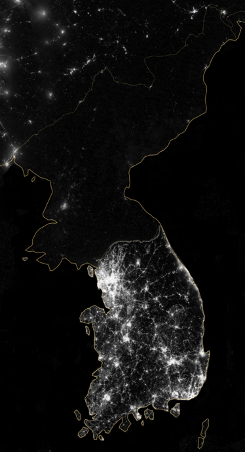Why are some countries so poor, while others continue to grow richer and richer? This question is fascinating and important, both to economists and to the ordinary person trying to understand the world they live in. People in poor countries struggle with hunger, violent conflict, and little personal agency. On the other hand, people in rich countries take regular vacations, own cars, choose career paths suited to their personalities, and can count on the government to look after their interests – things that the poor only fantasize over. Yet, if you were to google this, I found it’s quite hard to put together the overall story without spending hours researching. I’ve put together the best explanation we currently have, while not the final word, hopefully will be helpful.
The Common Explanations Only Describe the Problem
This is a topic, that because it is so important, is one that everyone has an opinion on. Typical reasons include: they’re corrupt, they have the wrong religion, they’re lazy, they have the wrong governmental system, they have a drug problem, and so on. I would agree that many of these are important factors in explaining why a country is poor, but after reading this I hope you will view these as symptoms rather than true explanations.
Short Answer: Geography and Institutions
Instead, I propose that the West came to dominate the world because of favorable geographic conditions in Eurasia that resulted in the fertile crescent being the first region in the world to transition from a hunter gatherer lifestyle to a farming one in 9000 BC. The significance of becoming a farming society is that it allows for extra food production which can be stored and used to feed non-farming specialists such as priests, rulers, and engineers. It also is a prerequisite to forming a population dense society with complex social and economic structures. As people spread from the Middle East towards Western Europe, the societies that formed were increasingly more democratic, primarily because they relied on rainfall for their crop growth instead of irrigation (irrigation systems tend require complex coordination and thus supports the formation of an authoritarian state). Because of the geographic head start and the way geography influenced the formation of its governmental institutions, Western Europe, became home to the colonizers, the industrial revolution, and ultimately the richest countries in the world today.
Geography however is not destiny, we have powerful evidence that if a country sets up good institutions that incentivize economic activity, that it will be rich. On the other hand, even the best geographic conditions will not help a country with poor institutions become sustainably rich. Just think of South Korea and North Korea, the South exports cars and circuits, while the North still struggles with food shortages. As authors James White and Daron Acemoglu point out in their insightful book, Why Nations Fail, the issue is clearly not geography, culture, religion, and so on – it’s simply institutions.
While it is not easy to change a country’s institutions, as bad ones tend to persist, they are clearly changeable. If this is true, then this is good news! A country is not destined to poverty because of its geographic fate. This is not to say that the solution is easy and straightforward, but at least we can work with purpose and hope in helping those countries that are left behind economically.
Understanding the Argument
The Importance of Geography
In his groundbreaking book, Guns, Germs, and Steel – which is a must read if you’re at all interested in this topic – Jared Diamond argues that Eurasia had several geographic advantages that explain why it was it and not Africa, South or North America, or Australia that became so rich.
It’s a fact that the Fertile Crescent was the first region in the world to develop an agricultural society around 9000 BC, meaning it had a head start in forming the complex societies that are needed to develop writing, form cities, rulers, and thus be able to send out explorers into other parts of the world. To answer why it was in Eurasia and not somewhere else that this happened first, Diamond gives three primary reasons.

First, Eurasia had, by far, the most wild plant and animal species that had the capability of being domesticated, that is, that had the potential of being used in supporting a farming lifestyle. Of the, just 14 big terrestrial mammals that were domesticated before the 20th century, Eurasia had 13! South America had just 1 (now known as the llama and alpaca), and North America, Australia, and sub-Saharan Africa had none. Of the 5 most important species all around the world – the cow, sheep, goat, pig, and horse – Eurasia had all 5. On the crops side, just consider that wheat and rice today account for 41% of all calories consumed worldwide – wheat was domesticated in the fertile crescent, and rice, in China. Clearly this is an undeniably massive advantage that geographic factors gave to Eurasia.
Secondly, Eurasia’s longest span is in its East-West axis, whereas for the Americas and Africa it is North-South, meaning technology, crops, and livestock transferred nicely across Eurasia, and far worse or not at all for the other continents. Why is this? It’s because as you move North or South, climate conditions change drastically, and crops that were suitable 100 miles north of you no longer are. The change is much less drastic if you move along the east/west axis. To comprehend the significance of this, consider the following quote from Diamond:
…wheels were invented in Mesoamerica, and llamas were domesticated in the central Andes by 3000 B.C., but 5,000 years later the Americas’ sole beast of burden and sole wheels had still not encountered each other, even though the distance separating Mesoamerica’s Maya societies from the northern border of the Inca Empire (1,200 miles) was far less than the 6,000 miles separating wheel- and horse-sharing France and China.

Third, Eurasia has the largest overall area and the greatest population size. Since the invention of technology depends on people – more people means more potential inventors – and more inventions means more people, the technological growth builds on itself rapidly.
Thus summarized, Diamond sees environment via geographical factors, as the fundamental reason some countries are rich today while others are poor. There are many economists who support this kind of thinking, and even add on additional geographic factors like disease burden (malaria in the tropics), soil quality, and access to navigable rivers/coasts as other important explanatory variables. The thinking goes, a sicker populace lowers the nation’s productivity, and transport by land is many times more expensive than transport by boat, etc – thus the nation is disadvantaged and trapped in poverty.
Why Geography is Not Destiny – Importance of Institutions
Yet stark examples we can easily recall tell us that there is more to the story than geography, i.e. geography cannot be the primary reason some countries are rich or poor today. As mentioned earlier, North and South Korea, consist of one culture, one geography, one religion, and just after world war II were identical in wealth. Today, the people of South Korea have the same living standards as Italy, while the people of North Korea, that of a Sub-Saharan African nation. These are not merely GDP numbers; these have substantial meaning in the lives of the citizens of the two nations. The people of North Korea struggle with getting enough food to eat and can expect to live 10 years less than their neighbors south of the border, the difference is so stark, it can be seen from space.

How about East and West Germany after World War II? Same culture, same geography, same religion – very different economic results. I could go on with these stories, and for more detail I highly recommend Acemoglu’s book. But the point here is clear, geography is not destiny. Governments, and the economic incentives they create for their people matter a ton. Institutions are the reason why North Koreans would risk their lives to flee their country, and why South Koreans enjoy among the highest living standards in the world.
Under communist rule, East Germans were significantly poorer than West Germans and faced a horrible culture. Just one example, when you placed an order for a car, you had to wait 10-12 years to receive it. Before the wall was built, 1 in 6 East Germans fled the country – that’s right, the wall was built to keep its own people in. It would even be willing to shoot them if they tried to leave; 140 people were shot trying to cross the wall into West Germany. As Acemoglu and Johnson state “…you cannot force people to think and have good ideas by threatening to shoot them.” The economic collapse of communist countries is a straightforward result of their system.
But you may ask, perhaps favorable geographic conditions are a precondition of economic success, and the nation’s institutions then determine whether the success can be had or not? Perhaps Sub-Saharan Africa really is poor because of it being in the tropics and its disease burden, not so much because of its institutions. The evidence, Acemoglu and Robinson, argue, says no.
In their famous paper, Reversal of Fortune, they show that it was precisely the richest nations in the Americas, who happened to be located primarily in the tropics, that today are some of the poorest (Meso-America, the Andes, and Southwest Asia). The evidence shows that it was the interaction with the Europeans and the extractive institutions the colonizers established that caused this reversal, while the poorest areas (modern Canada, USA, Australia, New Zealand) are now the richest. Again, geography takes a back seat to institutions.

DEFINING INSTITUTIONS
Institutions can be thought of as the government system, and the economic conditions it creates for its citizens. In the best-case scenario, everyone is included in the political process, and the economic systems are set such that people make their own decisions and reap the benefits. In Acemoglu’s terms, these are “inclusive institutions”, as they include everyone in the enrichment.
On the opposite side, you can imagine a country where power is held by the elites, who consequently design the economic system to benefit themselves. These are called extractive institutions, because the elite are extracting wealth from the nation and its people. Counterintuitively, the elites in a country with extractive institution, generally are against too much economic progress in their nation, as it could destabilize their rule. Just let the following quote (from Why Nation’s Fail) sink in, describing the response of Elizabeth I to William Lee in 1589, upon Lee’s presentation of a mechanized knitting machine that would save hours of manual labor. Elizabeth refused and instead replied,
“Thou aimest high, Master Lee. Consider thou what the invention could do to my poor subjects. It would assuredly bring to them ruin by depriving them of employment, thus making them beggars.”
This response is an insightful look into how elites in extractive systems view technological advancements. They are okay with them, only as long as they do not threaten their wealth and power. This MO sets a ceiling on the wealth a nation is able to build. Economic growth and enrichment of the common people is far too risky if you are among the elite of the nation.
It is important to note that there is a sliding scale between the two, and no country is perfectly inclusive, but some are more inclusive or more extractive than others.
Features of Inclusive Institutions |
Features of Extractive Institutions |
| Private Property Rights | Weak or No Private Property Rights |
| Unbiased System of Law | Law System Benefits Elites |
| Easy Entrance of New Businesses | Monopolies |
Note that the Aztec and Inca civilizations, the greatest of the Americas were actually located in the tropics. Colonizers set up extractive institutions in these areas, but were forced to set up more egalitarian governments in modern day USA and Canada due to lack of abundant resources or a high population available for labor exploitation.
IT’S GEOGRAPHY & INSTITUTIONS
Thus, Diamond’s argument and others, who argue for geography as king, in the explanation of the current political and economic order we see in the world, doesn’t stand up to closer scrutiny. A more nuanced, and better explanation is needed. Based on the evidence presented, it would be more correct to argue that geography, while certainly giving Eurasia a huge head start on forming complex societies, is not the ultimate cause for why nations are rich or poor today. Rather, it is the institutions that Western Europe was able to develop, that were ultimately the reason behind its domination of the world.
As further evidence of this, just ask yourself, if Eurasia had the head start, then why was it Western Europe rather than Eastern Europe, the Fertile Crescent itself, or even China, that was the one to build political and economic dominance? The geographical perspective alone, does not really have an explanation, but incorporating institutions into the picture gives us a pretty good understanding. Indeed, in the ancient world, China was the world leader in technological advancement, so what happened? Economists Olsson and Paik argue, regions that transitioned to agriculture the earliest, were also the ones to form the most autocratic governments. Near the Fertile Crescent in particular, however, as settlers spread towards Western Europe, they tended to form more and more democratic governments, primarily because of agricultural and geographic factors. For instance, the Middle East, tended to rely on complex irrigation for crop growth, thus necessitating a strong government to organize dams and dykes, while in Western Europe, the societies could rely on rainfall, allowing more democratic governments to form. Thus, the paper argues that geography influenced the type of institutions that were formed. In fact, the authors find that in Western Eurasia, the regions that made the transition to agriculture the earliest, tend to also be the poorest today – quite the opposite of Diamond’s argument.
How then are we think of geography and its role in influencing whether a nation is rich or poor today? In short, geography influenced societal development and played a role in the institutions we see before us today. This does not mean that geography is fate and that the poor countries are doomed to poverty. It does imply that it may not be easy to change a nation’s institutions, but the clear evidence that institutions can be changed quickly (communism in North Korea and East Germany), gives us hope that they can be changed for the poor nations of the world today as well.
CONCLUSION
While Jared Diamond’s explanation of geographic factors is hugely helpful in understanding why some nations are rich and poor today, it seems that it is through the way geography acts on institutions rather than the geography alone. The use of geography and culture as primary explanations seem to fall away when we consider North and South Korea, or East and West Germany. We saw that when we considered things from an institutional lens, we are able to much better understand why some nations of the world are rich today and others are poor. And though it may not be easy to change institutions, it at least gives hope that poor nations can someday join the rich nations in a better quality of life.


